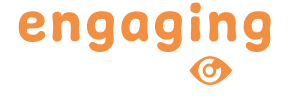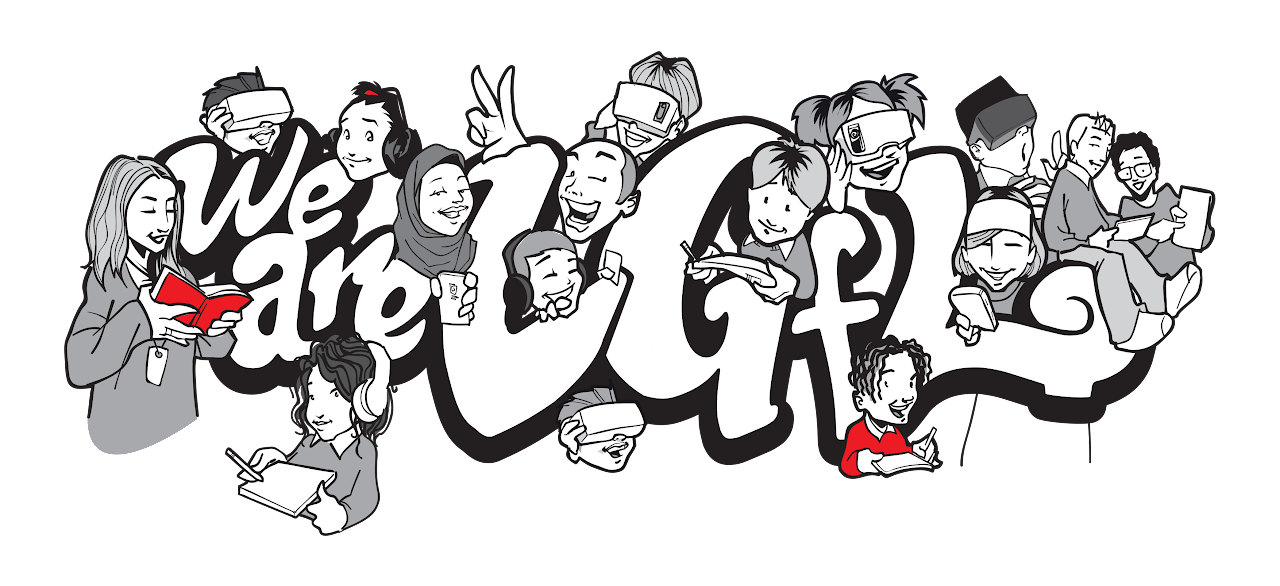Dyslexia
Reading support
Many parents first become aware of their child's dyslexia when their child starts school, and they experience difficulties learning to read. Some children also experience visual difficulties which can make it appear that the text is moving or blurring on the page.
For children who have difficulties learning to read, the effort needed to concentrate can be exhausting, often leading to frustration and a reluctance to try to understand.
The implications of slow, laboured reading are far-reaching and can impact a student throughout their education. Therefore, it's crucial that difficulties are identified and appropriate support is provided as quickly as possible.
Listening Books, the audio book charity discuss how an audio book can support pupils reading
Henry Winkler is a dyslexic author and he explains in this clip from a reading zone live event about his reading habits as a child.
Arran Smith discusses structured teaching to support reading
Henry Winkler is a dyslexic author and he explains in this clip from a reading zone live event about his reading habits as a child.
Using Immersive Reader in Office 365
Catch Up® Literacy is a structured one-to-one intervention for learners who find reading difficult.
It enables struggling readers to achieve more than double the progress of typically developing readers.
Catch Up® Literacy uses a book-based approach to support learners reading a book so they activate both dimensions of reading – word recognition processes (including phonics) and language comprehension processes.
It is suitable for all struggling readers whose Reading Age is significantly below their Chronological Age and is designed for struggling readers aged 6-14 rather than beginner readers.

Children with dyslexia, and other poor readers, often struggle to focus both eyes on the same point and track across the page. This is partly why reading is so difficult for them.
Engaging Eyes helps pupils overcome this with fun, easy-to-use games to improve reading speed, accuracy, and comprehension.

Five Minute Box interventions help identify children with potential specific learning difficulties such as dyslexia or dyscalculia. The activities adapt to each child’s differences. Children love taking ownership of their learning using the Boxes. They learn organizational and sequencing skills and help to choose their session goals.
A helpful technique for developing reading fluency and, therefore, helps to develop reading comprehension.
Repeated readings is when a student reads the same text over and over again until the rate of reading has no errors. This strategy can be done individually or in a group setting.
Nessy programs are designed to help students of all abilities learn to read, write, spell, and type, especially those who learn differently, including:
Mainstream
EAL
Homeschool
Students with dyslexia
Nessy is known around the globe as an advocate for children with dyslexia. However, Nessy programs are not only for dyslexia. Nessy is widely used in the whole class, as well as in phonics, math, typing, and early reading instruction. Nessy collaborates with some of the world's leading academics and follows the Science of Reading to ensure their programs are based on proven research.


